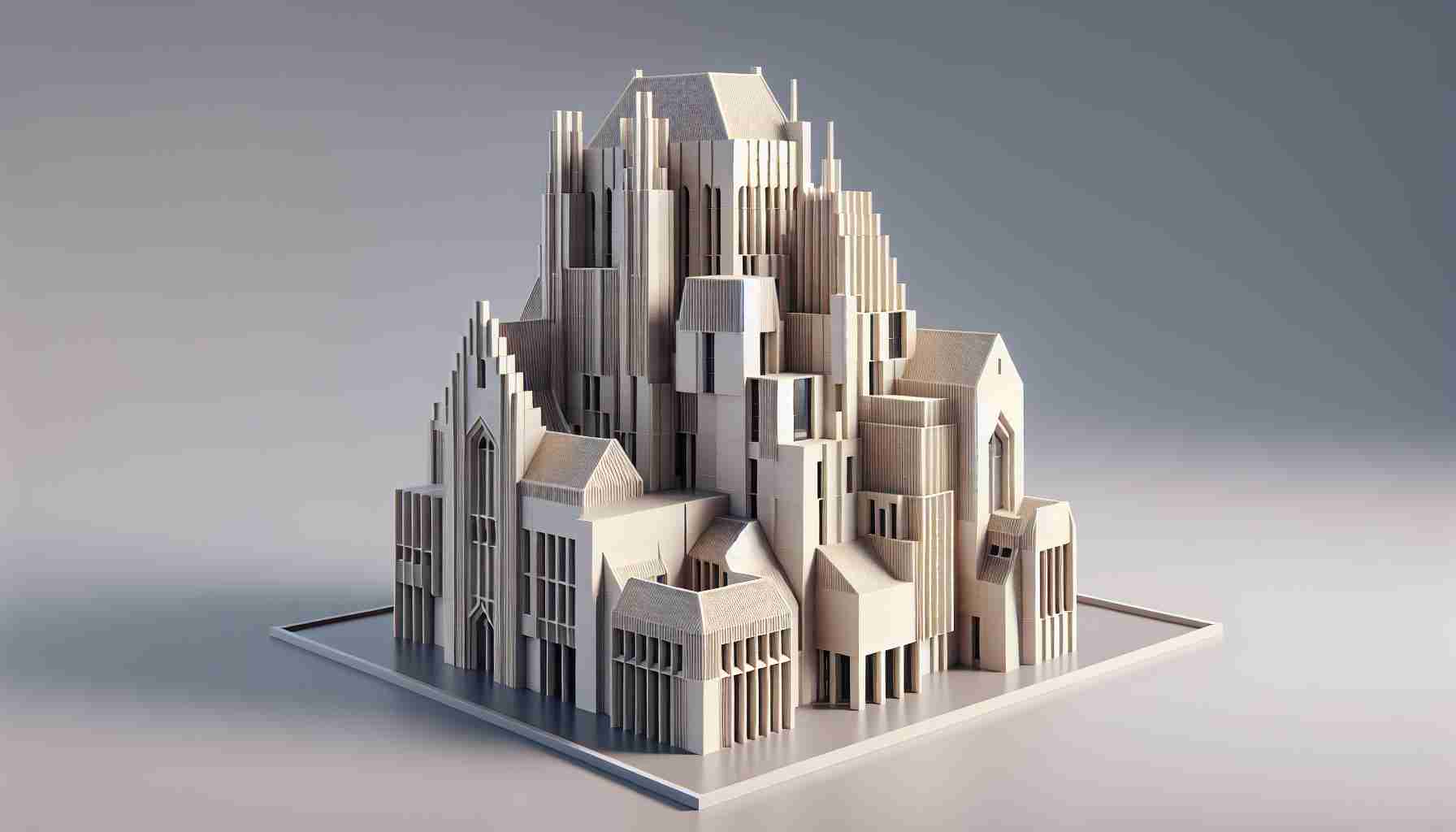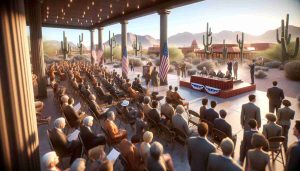
The Architectural Rebel of Bruges
A mysterious figure emerged in Bruges, making a bold statement by pushing a guide into the water. This enigmatic individual, known as the Architectural Rebel, recently surrendered to the authorities.
The Architectural Rebel reached out to local media, expressing disdain for the behavior of the Dutch guide. Displeased with the guide’s habit of standing or sitting on historic bridges to address their group, the Rebel deemed such actions as unacceptable, stating that guided tours should not be turned into extravagant performances.
Fortunately, the guide who was pushed into the water emerged unharmed from the incident. An official report has been filed, and it now falls upon the prosecution to determine whether the Rebel will face charges of assault. The motives behind the Rebel’s actions remain shrouded in mystery, leaving many questions unanswered.
The Architectural Rebel Unveiled: Uncovering New Details
Recently, additional information has come to light regarding the identity of the Architectural Rebel of Bruges, shedding more light on the motives and complexities surrounding this intriguing figure.
One crucial question that arises is: Who exactly is the Architectural Rebel? Contrary to initial assumptions, the Rebel is not a disgruntled local resident, but rather a well-traveled architect known for challenging traditional architectural norms through unconventional means.
Delving deeper into the Rebel’s background, it is revealed that their architectural philosophy is rooted in a desire to provoke dialogue about the preservation of historical sites in the face of modernization pressures. This sheds new light on the incident involving the Dutch guide, hinting at a deeper ideological clash about the role of preservation in the context of tourism.
Another key question that arises is: What are the challenges associated with the Rebel’s actions? While some view the Rebel as a champion of heritage conservation, others criticize their confrontational methods as counterproductive. The clash between preservationists and those advocating for a more dynamic approach to historical sites raises important debates about the balance between conservation and innovation.
Moreover, a controversial aspect of the Rebel’s tactics is the use of force to make a statement. While some argue that such actions draw attention to neglected architectural treasures, others highlight the potential risks of resorting to aggressive tactics in public spaces.
In terms of advantages, the Architectural Rebel has succeeded in catalyzing discussions about the role of architecture in shaping cultural identities and confronting contemporary challenges. By challenging traditional touristic practices, the Rebel has drawn attention to the need for more thoughtful approaches to heritage interpretation.
On the flip side, the Rebel’s actions have also sparked controversies and legal uncertainties. The incident involving the guide has brought to the fore questions about the boundaries of artistic expression and the limits of intervention in public spaces.
For more insights on architectural activism and preservation movements, visit Architectural Activism. Explore the dynamic intersections between architecture, activism, and heritage conservation in a global context.
















